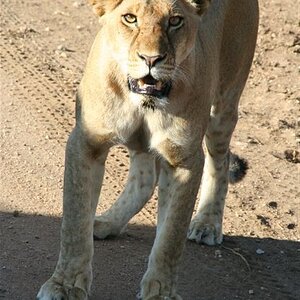donny1963
No longer a newbie, moving up!
- Joined
- Dec 15, 2015
- Messages
- 372
- Reaction score
- 30
- Can others edit my Photos
- Photos NOT OK to edit
Ok some time ago i have mention that best quality pictures come from medium Format Camera's where many people especially on here (the ones who think they know it all)
Argued A Full Frame Camera is just as good in producing Image quality.
Where Full frame can produce image quality most of them do, but they do not
match up to the medium format spectrum camera's such as the Hasselblad H6.
Now they are many camera manufactures out there but only 1 so far make a true
Medium Format Camera, what i mean by True Medium Format, is that the sensor size being the same size as the medium format film camera's.
just like in 35 mm vs crop sensor, they are many medium format camera's out there that
do not have the full medium format sensor, also i might add The hasselblad H6 is the only full frame medium format camera that also produces true 16 bit color output.
the rest of the medium format camera's are only 8 bit like the full frame camera's such as the Nikon D850, that camera is a true 35mm Full frame, no crop same size as the 35 mm film.
For example the Sensor size for a Hasselblad Medium format camera is "53.4 x 40.0mm"
the other manufactures like the Fujifilm GFX 100 has a sensor size of "43.8 x 32.9mm"
so in theory the GFX 100 is a crop sensor camera in regards to medium format.
just like a Nikon D7100 (Sensor Size " 23.5 x 15.6 mm") would be a crop sensor
and a Nikon D850 (Sensor Size "35.9 x 23.9 mm") would be a full frame
So this is the reason why you can't compare other Medium Format camera's other then the Hasselblad H6 to Full frame because the "Crop Sensor Medium Format" is not a fair comparison to full frame 35 mm sensor camera's Because the Crop Sensor Medium Format
doesn't put out the same quality and color range as the Hasselblad H6 does.
it would be like comparing your Nikon D7100 Crop sensor to a Nikon D850 Full frame.
The D7100 would never be able to match it's quality.
The best camera in quality that produces the very best true to life images is the Hasselblad H6
there is no camera that can match it anywhere as of today.
you see there is a reason why the Fujifilm GFX 100 Medium Format is only $10,000.00 In price
Vs the Hasselblad H6 at $47,000.00 when you use both camera's you know where the extra $37,000.00 went to..
also if some one tries to tell you a full frame camera can produce just as good of an image as the Hasselblad H6 Medium Format, and shows you a picture from the Full frame Camera then one of the Hasselblad H6 then says " See both pictures are the same in quality the Medium Format doesn't look much better.
This is because these idiot will show you 2 images 1 from each camera and they are in both JPEG format. This is really stupid because The Haasselblad H6 produces 16 Bit color which makes a huge diffrence vs the Full frame only producing 8 bit color .
you see JPEG picture file can only be in 8 bit color, JPEG can not show you a 16 bit color picture because it's only 8 bit.
so this is why both pictures don't look any better then the other. you would have to view the Hasselblad Picture in a TIF file format not JPEG.
TIF file image is 16 bith color.
that would be a fair comparison.
now viewing 16 bit color pictures is not common on the web because most web browser only supports 8 bit color file formats, JPEG being the standard when you look at a picture on your web browsers, it's most likely a JPEG file format.
How ever it is still possible to view 16 bit color pictures on the web through software or plugins on your web browser.
for example Virtual Museums that you can visit online that display precious items use 16 bit color Medium Format pictures for this because True Medium Format pictures are the closest to looking at something that would be in true life,
in other words the Medium Format pictures that produce true 16 bit color are the most accurate to what you would see in real life, because full frame and any other 8 bit picture could not display the color spectrum and quality is just not there.
so when you go online at a Virtual museum, you download their software and connect through that because it's software sends the images for you to view in true 16 bit.
All these Virtual museums who hire photographers to take these pictures only hire the ones who are using the Hasselblad H6 True Medium Format with 16 bit color, they WILL NOT consider any full frame camera no matter what.
That is their #1 requirement.
I know this first hand, so there you go one more piece of evidence to why the hasselbald H6 is the best camera today producing the best quality images anywhere.
Argued A Full Frame Camera is just as good in producing Image quality.
Where Full frame can produce image quality most of them do, but they do not
match up to the medium format spectrum camera's such as the Hasselblad H6.
Now they are many camera manufactures out there but only 1 so far make a true
Medium Format Camera, what i mean by True Medium Format, is that the sensor size being the same size as the medium format film camera's.
just like in 35 mm vs crop sensor, they are many medium format camera's out there that
do not have the full medium format sensor, also i might add The hasselblad H6 is the only full frame medium format camera that also produces true 16 bit color output.
the rest of the medium format camera's are only 8 bit like the full frame camera's such as the Nikon D850, that camera is a true 35mm Full frame, no crop same size as the 35 mm film.
For example the Sensor size for a Hasselblad Medium format camera is "53.4 x 40.0mm"
the other manufactures like the Fujifilm GFX 100 has a sensor size of "43.8 x 32.9mm"
so in theory the GFX 100 is a crop sensor camera in regards to medium format.
just like a Nikon D7100 (Sensor Size " 23.5 x 15.6 mm") would be a crop sensor
and a Nikon D850 (Sensor Size "35.9 x 23.9 mm") would be a full frame
So this is the reason why you can't compare other Medium Format camera's other then the Hasselblad H6 to Full frame because the "Crop Sensor Medium Format" is not a fair comparison to full frame 35 mm sensor camera's Because the Crop Sensor Medium Format
doesn't put out the same quality and color range as the Hasselblad H6 does.
it would be like comparing your Nikon D7100 Crop sensor to a Nikon D850 Full frame.
The D7100 would never be able to match it's quality.
The best camera in quality that produces the very best true to life images is the Hasselblad H6
there is no camera that can match it anywhere as of today.
you see there is a reason why the Fujifilm GFX 100 Medium Format is only $10,000.00 In price
Vs the Hasselblad H6 at $47,000.00 when you use both camera's you know where the extra $37,000.00 went to..
also if some one tries to tell you a full frame camera can produce just as good of an image as the Hasselblad H6 Medium Format, and shows you a picture from the Full frame Camera then one of the Hasselblad H6 then says " See both pictures are the same in quality the Medium Format doesn't look much better.
This is because these idiot will show you 2 images 1 from each camera and they are in both JPEG format. This is really stupid because The Haasselblad H6 produces 16 Bit color which makes a huge diffrence vs the Full frame only producing 8 bit color .
you see JPEG picture file can only be in 8 bit color, JPEG can not show you a 16 bit color picture because it's only 8 bit.
so this is why both pictures don't look any better then the other. you would have to view the Hasselblad Picture in a TIF file format not JPEG.
TIF file image is 16 bith color.
that would be a fair comparison.
now viewing 16 bit color pictures is not common on the web because most web browser only supports 8 bit color file formats, JPEG being the standard when you look at a picture on your web browsers, it's most likely a JPEG file format.
How ever it is still possible to view 16 bit color pictures on the web through software or plugins on your web browser.
for example Virtual Museums that you can visit online that display precious items use 16 bit color Medium Format pictures for this because True Medium Format pictures are the closest to looking at something that would be in true life,
in other words the Medium Format pictures that produce true 16 bit color are the most accurate to what you would see in real life, because full frame and any other 8 bit picture could not display the color spectrum and quality is just not there.
so when you go online at a Virtual museum, you download their software and connect through that because it's software sends the images for you to view in true 16 bit.
All these Virtual museums who hire photographers to take these pictures only hire the ones who are using the Hasselblad H6 True Medium Format with 16 bit color, they WILL NOT consider any full frame camera no matter what.
That is their #1 requirement.
I know this first hand, so there you go one more piece of evidence to why the hasselbald H6 is the best camera today producing the best quality images anywhere.
Last edited:



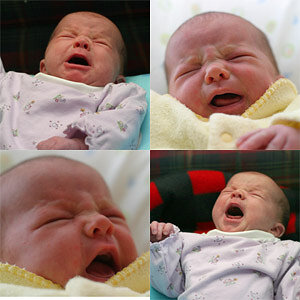
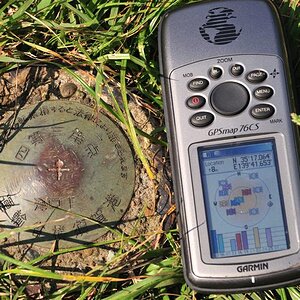
![[No title]](/data/xfmg/thumbnail/33/33356-9cfc19255e84aab13c903f781a99cf9f.jpg?1619735920)
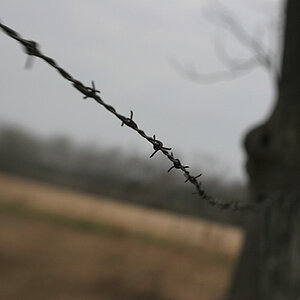
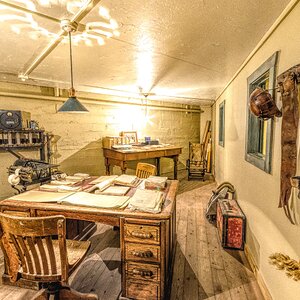

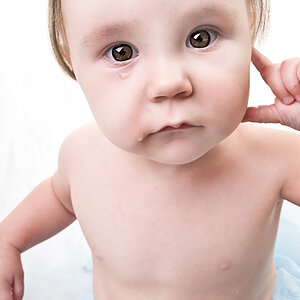
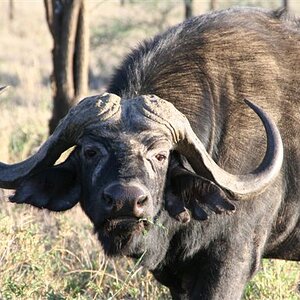
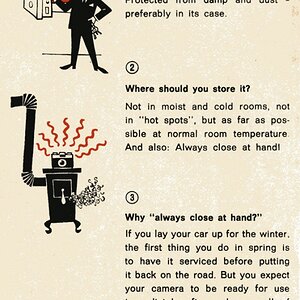
![[No title]](/data/xfmg/thumbnail/40/40288-4d5d7a8aa74ddfceb5fb82062d9b21be.jpg?1619739409)
